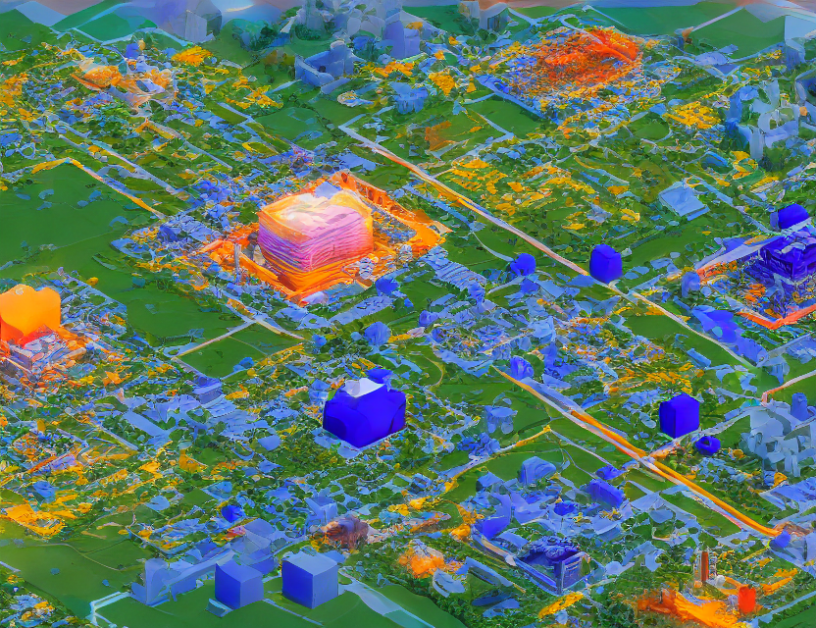The article begins by providing context about MIMO systems and NLOS channels, explaining that these channels pose challenges for wireless communication due to multipath fading. The authors then introduce the problem of designing precoding matrices to improve the SINR of the system. They propose an optimization problem to maximize the SINR by jointly optimizing the precoding matrix and alignment matrix.
To solve the optimization problem, the authors propose an algorithm that calculates gradients of the objective function using chain rule and updates the precoding matrix using projection onto intersection of manifolds. The algorithm iteratively projects the precoding matrix onto a set of manifolds defined by the alignment matrix until convergence.
The simulation results demonstrate that the proposed method outperforms traditional methods in terms of SINR. Specifically, the proposed method achieves an average SINR gain of 10 dB over traditional methods for users located at just the wall center. The authors also provide a detailed analysis of the proposed algorithm and its convergence properties.
The article concludes by highlighting the importance of the proposed method in improving the performance of MIMO systems with NLOS channels. The authors note that their approach can be applied to other optimization problems in communication systems, such as beamforming and equalization. They also suggest future research directions in this area.
In summary, the article presents a novel optimization problem for designing precoding matrices in MIMO systems with NLOS channels. The proposed method leverages projection onto intersection of manifolds to improve the SINR of the system. The simulation results demonstrate the effectiveness of the proposed method and highlight its potential for improving the performance of MIMO systems in practical scenarios.
Computer Science, Information Theory
Proposed Algorithm Outperforms Others in SINR Maximum Achievement under 5G Networks with Multi-User Interference



